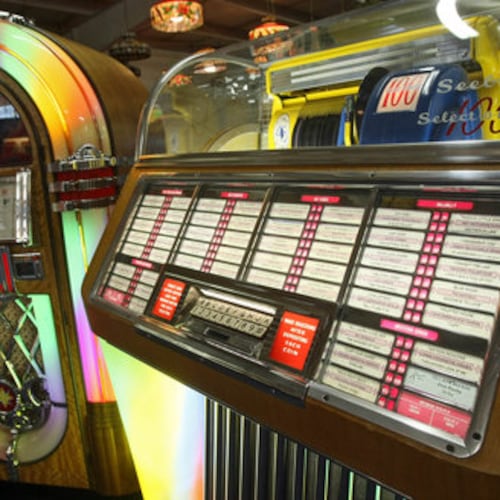Cheetos, Chocolate Chip Cookies, Wheat Thins, Ritz Snack Mix, and yes, even Beef Jerky is available in the ubiquitous 100-calorie snack packs. Some grocery stores have entire aisles devoted to these trendy treats.
Have we really gotten so busy (or lazy?) that we can’t read a food label to determine the appropriate portion and toss the food in a plastic bag?
When did 100 calories become the industry standard for a snack? Some attribute it to Brian Wansink, a marketing and nutrition science instructor at Cornell University who conducts research on why we eat. His research has been condensed into a fun read, Mindless Eating: Why We Eat More Than We Think (Bantam Books, $25).
Wansink encourages people to adhere to what he calls a “mindless margin;” making 100 to 200 calorie changes in your daily diet to maintain or lose weight. Some highlights from his research give insight into the wisdom of 100-calorie snack packs:
• Children were given cookies in a plastic baggie or allowed to choose cookies from a platter. Kids eating cookies from the plastic bag were satisfied that they had eaten their portion and did not want more, but those who ate cookies from the platter wanted more even when the platter was empty. The kids told the researcher that they knew there were more cookies in the kitchen when they were served on a platter.
• Moviegoers were given granola in one of three containers: One bag was labeled as containing one serving; a second bag said it contained two servings; and the third bag had no serving size information.
What the moviegoers didn’t know was that all three bags contained the same 640 calories worth of granola. The folks whose bag was labeled as containing two servings ate less than those who were given bags containing one serving or labeled without any portion size. The visual cue of serving size decreased granola eating by 39%.
As a way to curb snacking, 100-calorie snack packs make sense if — and this is a big if — you stick to one serving. That might be harder than it seems. Researchers at Arizona State University found that chronic dieters over-consume the mini-snack packs, thereby defeating the purpose of the portion-control strategy.
The study, published in the Journal of Consumer Research, found that dieters perceived mini-M&M candies had fewer calories than the regular M&Ms even though the dieters were give 100 calories of candy. They also found that the study participants thought that four smaller bags of candy contained fewer calories than one large bag even though the calorie count was identical. That is sort of like someone thinking there are fewer calories in pizza if it is sliced into eight pieces instead of six.
Warning: 100-calorie snack packs may be hazardous to your wallet. I paid $2.99 for a 10-ounce box of Cheez-It Snack Crackers, containing about nine servings. A box of 100-calorie “Right Bites” Cheez-It Crackers cost $3.29 for six servings. That’s a difference of .22 cents per serving.
The mini-Oreos fooled me — because the mini cookies were sold in the section of the grocery store with other 100-calorie snacks, I didn’t realize until I got home that each snack pack contains 130 calories of Oreo cookies — not 100 calories. A 1-pound 2-ounce bag of Oreos was $2.68 and a box of 12 snack packs was $3.85; making one serving of the snack pack almost twice that of the regular Oreos — 18 cents vs. .33 cents.
What are best 100-calorie snacks?
According to the Good Housekeeping Institute these are the Top 10 (for more on the best snacks visit www.goodhousekeeping.com.)
1. O’Coco’s Organic Chocolate Crisps
2. FrozFruit Gourmet Frozen Fruit Bar
3. Breyers Double Churn 100 Calorie Cups
4. Fudgsicle 100 Calories
5. Mott’s Original Apple Sauce Cups
6. Stoneyfield Farm Light yogurt (any flavor)
7. Earthbound Farm Organic Mini Peeled Carrots with Ranch Dip
8. Sun Chips 100-calorie packs
9. Yoplait Light Smoothie
10. South Beach Diet Snack Bar Delight
About the Author
Keep Reading
The Latest
Featured

